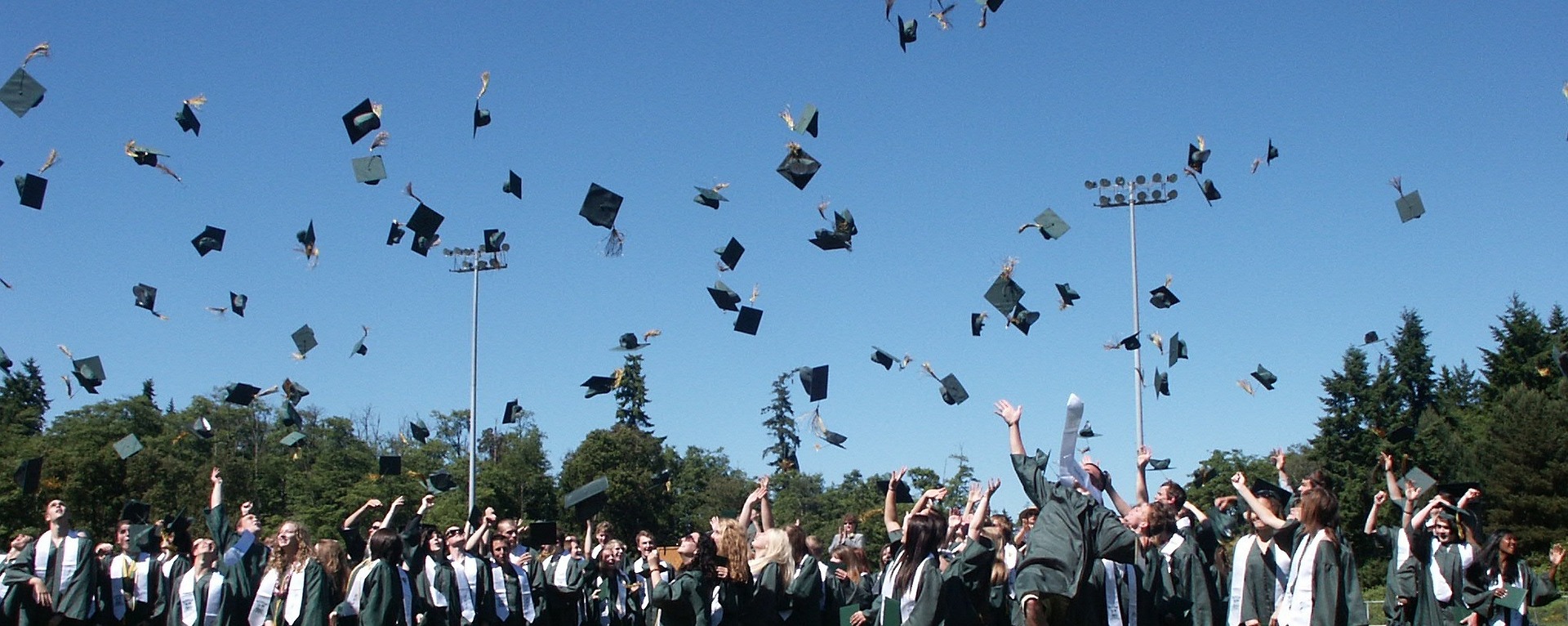
By Kelly Asche, Senior Research Associate
The Center for Rural Policy and Development is currently working on a research project exploring migration trends of Southwest Minnesota high school graduates. This report will be released in early 2023, but as we explore the data, we would like to showcase a few interesting nuggets.
The severity of the shortages in workforce is well documented across rural Minnesota. No region has felt it more severely, and for a longer duration, than Southwest Minnesota. A perfect storm of demographic shifts, economic growth, and the fallout from the pandemic has left many employers in Southwest Minnesota scrambling to find workers. However, Southwest Minnesota isn’t alone in this battle, and one of their main competitors for people is our neighbor to the west—South Dakota.
One of the strategies used to shore up workforce numbers is to engage high school students early by showing them the opportunities available to them locally. With the help from LYFT Career Pathways, many high schools are collaborating with employers and two-year colleges to offer students career and technical education while in high school, setting them on a pathway through two-year college programs and on to employment. This can be very attractive to students since it can eliminate or significantly reduce the cost of a technical college degree and opens up the opportunity for immediate employment with high wages across many sectors.
Initiatives like this are crucial, especially in Southwest Minnesota, which has had challenges in keeping high school graduates in the region. Data on high school graduates from the region who pursued a post-secondary education show that enrollment in these institutions located within the Southwest region is decreasing. In 2008, 23.8% of Southwest high school graduates attended a post-secondary institution within Southwest Minnesota. By 2020, that decreased to 20% (Figure 1).
Figure 1: The percent of students who graduated from a Southwest MN high school and then attend a post-secondary institution within the Southwest planning region has been decreasing since 2010. Data: MN Department of Higher Education, SLEDS
Although a strong majority of these students attend a post-secondary institution within Minnesota, even if outside the Southwest planning region, what really frustrates leaders in the region is the number of students migrating to neighboring states to attend college.
The map below shows that since 2008, 18% of all students who graduated from a Southwest high school and pursued a college education attended a post secondary institution in South Dakota, 6.2% went to North Dakota, 3.3% to Iowa, and 1.8% to Wisconsin. It’s easy to see that South Dakota is the primary competition for Southwest Minnesota’s post-secondary schools.
Figure 2: Of the surrounding states, South Dakota is the primary competitor for Southwest MN high school graduates. Since 2008, 18.1% of the graduates that pursued a college education enrolled in a post-secondary institution located in South Dakota.
Leaders in the region are aware of this competition. For the past few years they’ve been educating students about all the opportunities and wages available to them in the Southwest region if they take advantage of a career and technical education, only to watch them migrate to South Dakota to take advantage of the Build Dakota program, an initiative that pays for a student’s tuition and books if they graduate from a two-year college and live and work in their chosen field of study in South Dakota for three years.
Figure 3 shows the increasing percentage of students from Southwest Minnesota enrolled in a post-secondary institution located in South Dakota.
Figure 3: Of the surrounding states, South Dakota is the primary competitor for Southwest MN high school graduates. Of the graduates going back to 2008, 18.1% of the graduates who pursued a college education enrolled in a post-secondary institution located in South Dakota. The remaining students attended college in other states.
As we move forward in this new era of workforce shortages, Minnesota needs to understand the competitive nature for people. High school students are more connected than ever and will easily migrate to places that provide the best options. Just like any business, we need to stay competitive. Fortunately, Minnesota has the infrastructure to provide great programming. A program similar to Build Dakota, coupled with the local initiatives that connect students to local opportunities, could be an effective way to increase our rural workforce.
